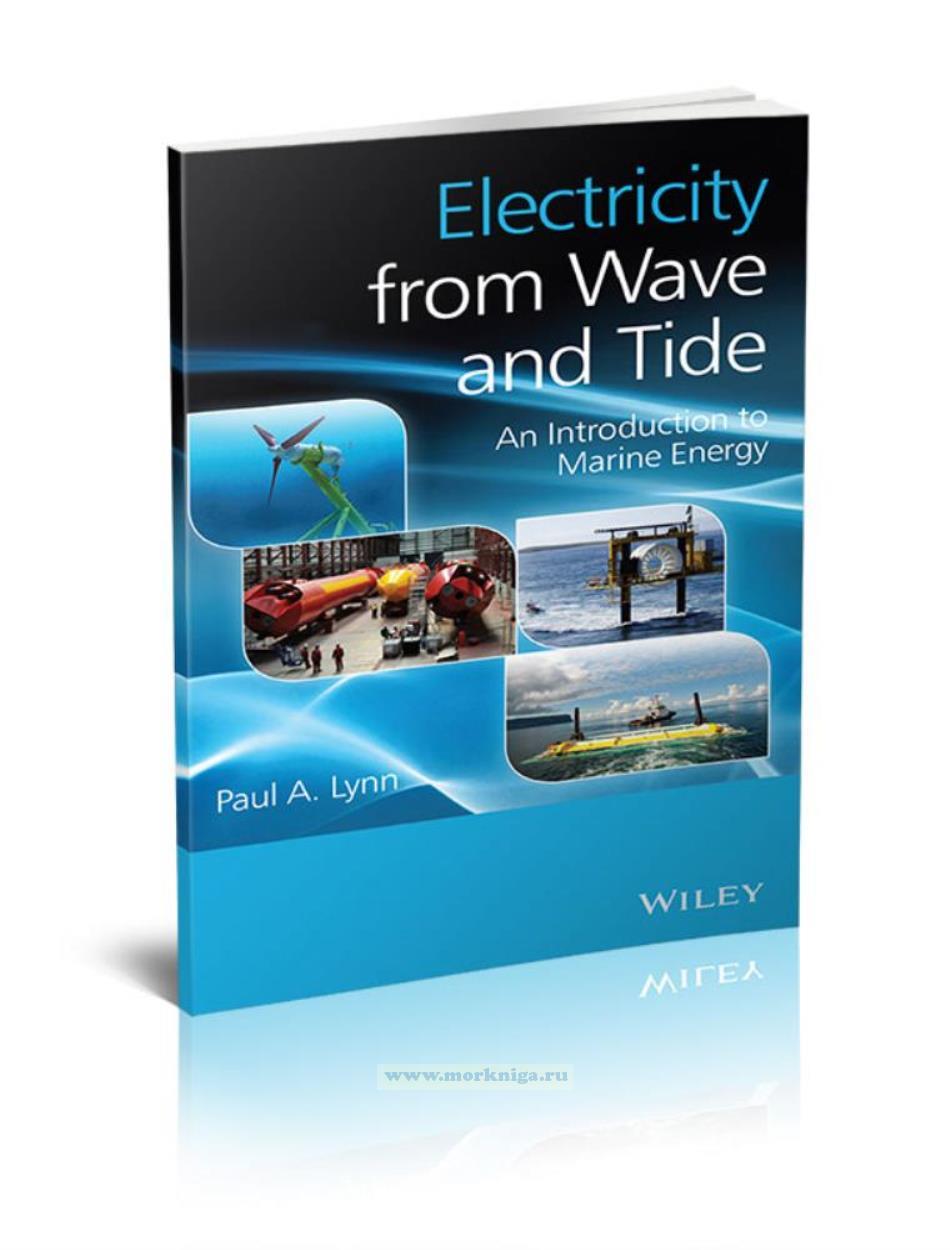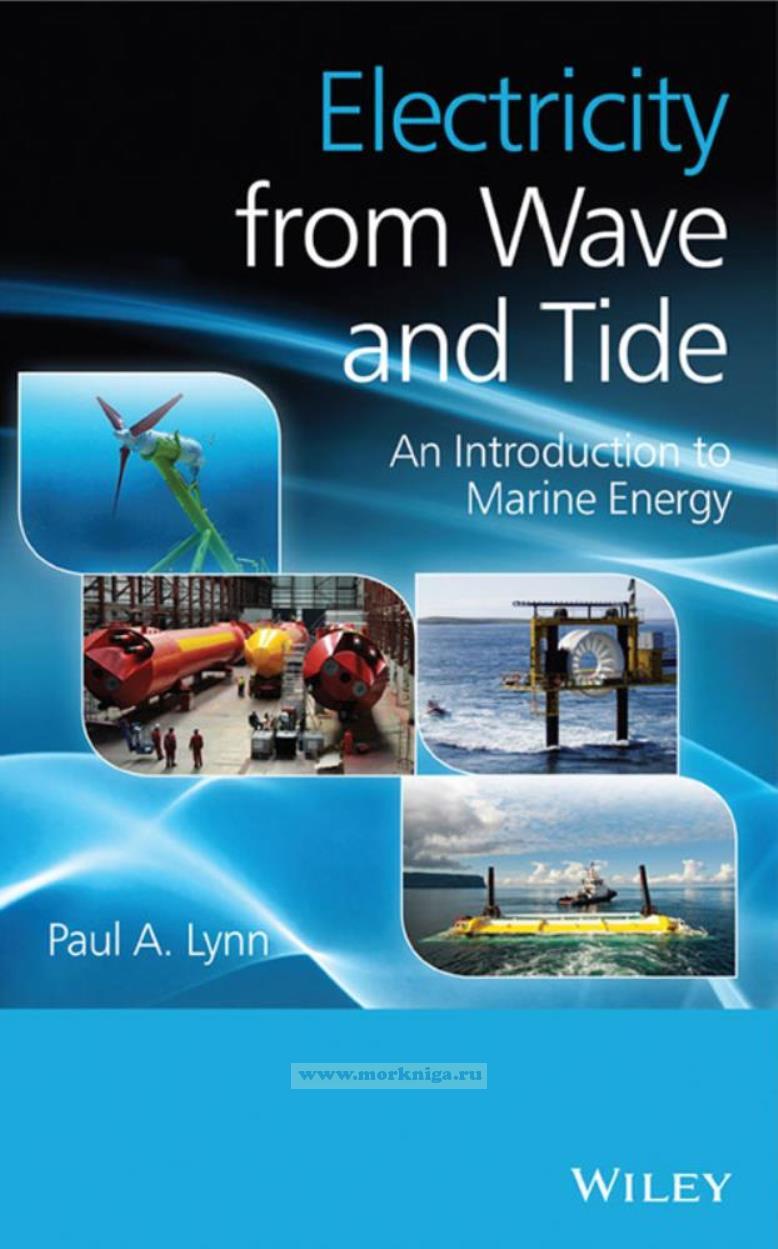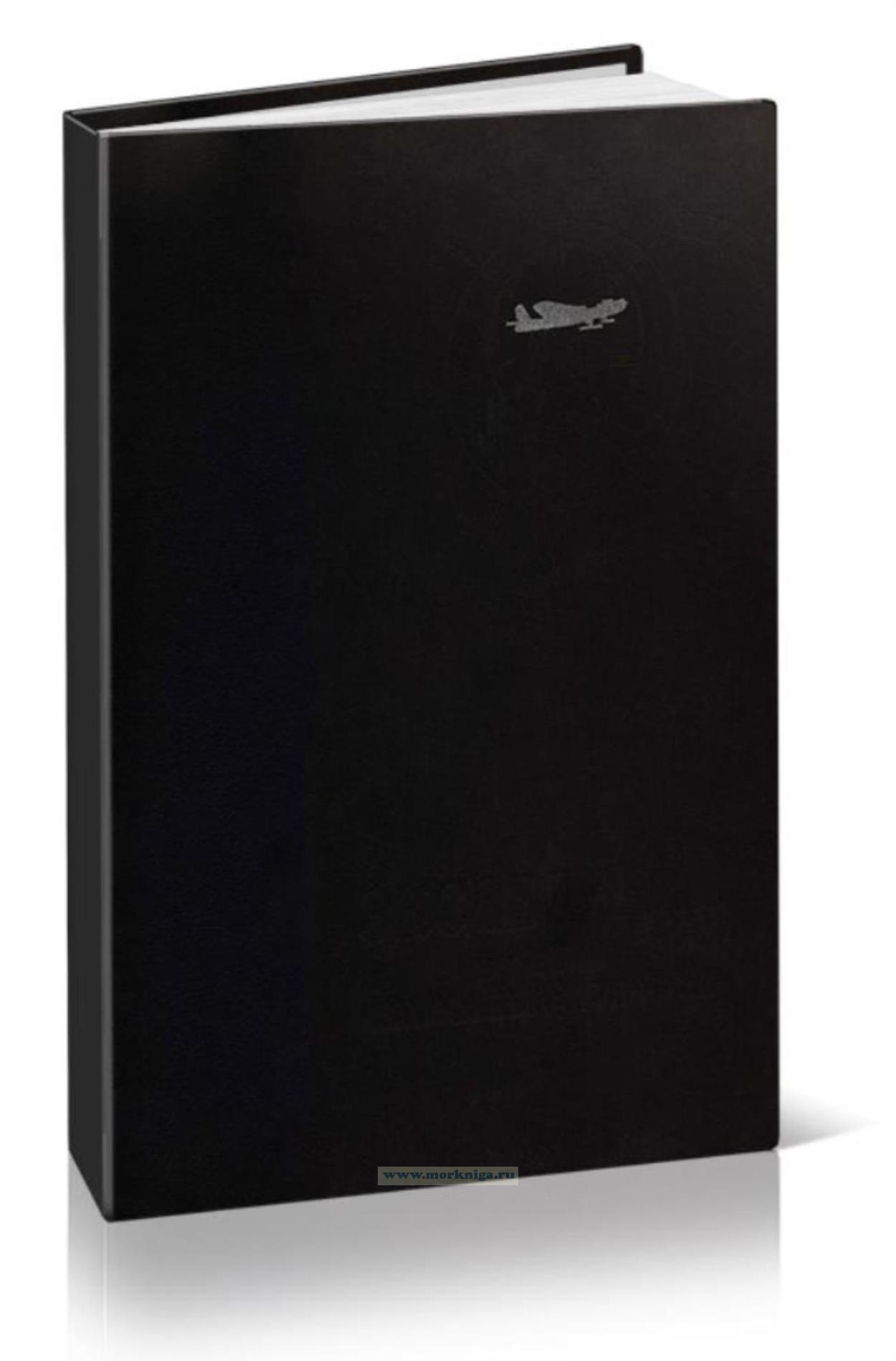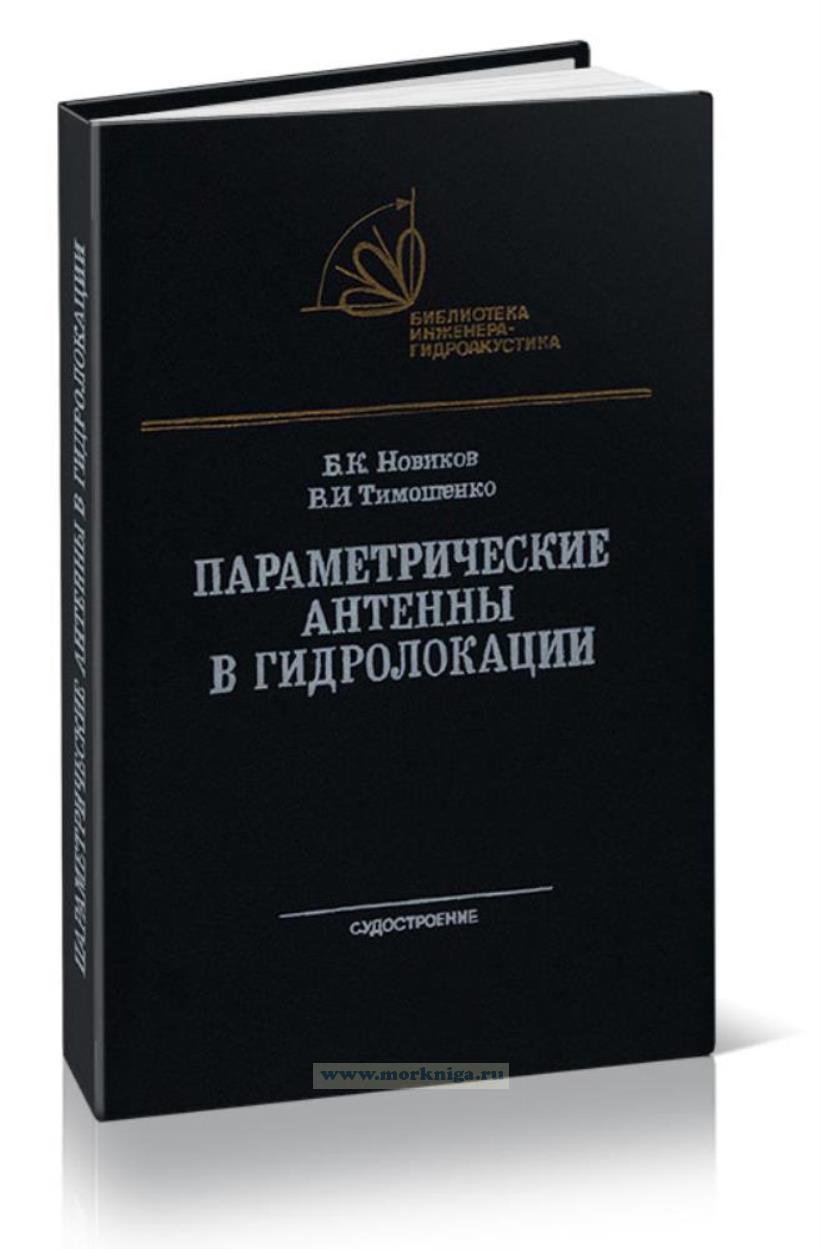Electricity from Wave and Tide. An Introduction to Marine Energy/Электричество от волн и приливов. Введение в морскую энергетику
Издание на английском языке
A concise yet technically authoritative overview of modern marine energy devices with the goal of sustainable electricity generation. With 165 full-colour illustrations and photographs of devices at an advanced stage, the book provides inspiring case studies of today’s most promising marine energy devices and developments, including full-scale grid-connected prototypes tested in sea conditions. It also covers the European Marine Energy Centre (EMEC) in Orkney, Scotland, where many of the devices are assessed. Topics discussed: global resources - drawing energy from the World’s waves and tides history of wave and tidal stream systems theoretical background to modern developments conversion of marine energy into grid electricity modern wave energy converters and tidal stream energy converters This book is aimed at a wide readership including professionals, policy makers and employees in the energy sector needing an introduction to marine energy. Its descriptive style and technical level will also appeal to students of renewable energy, and the growing number of people who wish to understand how marine devices can contribute to carbon-free electricity generation in the 21st century.
Contents
Preface
Acknowledgements
1. Introduction
1.1 Marine energy and Planet Earth
1.2 Marine resources
1.2.1 Waves of the world
1.2.2 Tides of the world
1.3 A piece of history
1.3.1 Working with waves
1.3.2 Tapping tides
1.4 Power, energy and performance
1.5 Into the future
References
2. Capturing marine energy
2.1 Ocean waves
2.1.1 Linear waves
2.1.2 Random waves
2.1.3 Wave spectra
2.1.4 Wave modification
2.1.5 Wave measurement
2.2 Wave energy conversion
2.2.1 Introductory
2.2.2 Types of wave energy converter
2.2.3 Principles of wave energy capture
2.2.3.1 Floating devices
2.2.3.2 Tuning and damping
2.2.3.3 When waves meet WECs
2.3 Tidal streams
2.3.1 Hydrodynamics
2.3.2 Tidal harmonics
2.3.3 Predicting tidal streams
2.4 Tidal stream energy conversion
2.4.1 Introductory
2.4.2 Tidal stream turbines
2.4.2.1 Turbine sizes and power ratings
2.4.2.2 Extracting energy: the Betz Limit
2.4.2.3 Lift and drag
2.4.2.4 Rotor speed and power coefficient
2.4.3 Turbine siting
2.5 Research and development
2.5.1 Models and test tanks
2.5.2 The European Marine Energy Centre (EMEC)
2.5.2.1 Wave and tidal test sites
2.5.2.2 Research activities
References
3. Generating electricity
3.1 Introductory
3.2 Power take-off
3.3 AC electricity
3.4 Generators
3.4.1 Introductory
3.4.2 Synchronous generators
3.4.3 Asynchronous generators
3.4.3.1 Squirrel-cage and wound-rotor induction machines
3.4.3.2 Doubly-fed induction generators
3.4.4 Linear motion generators
3.5 Connecting to the grid
3.5.1 Setting the scene
3.5.2 Grid strength and fault levels
3.5.3 Electrical quality
3.6 Large-scale renewable energy
3.6.1 Introductory
3.6.2 Intermittency and variability
3.6.3 Capacity credit and backup generation
References
4. Case studies: Wave energy converters
4.1 Introductory
4.2 Case studies
4.2.1 Pelamis
4.2.2 Oyster
4.2.3 Limpet and Mutriku
4.2.4 Wave Dragon
4.2.5 PowerBuoyR
4.2.6 Penguin
References
5. Case studies: Tidal stream energy converters
5.1 Introductory
5.2 Case studies
5.2.1 Andritz Hydro Hammerfest
5.2.2 Atlantis Resources
5.2.3 Marine Current Turbines
5.2.4 OpenHydro
5.2.5 Pulse Tidal
5.2.6 Scotrenewables Tidal Power
5.2.7 Tidal Generation
References
Index


 Экспедиция на самолете "СССР-Н-169" в район "Полюса недоступности"
Экспедиция на самолете "СССР-Н-169" в район "Полюса недоступности"  Параметрические антенны в гидролокации
Параметрические антенны в гидролокации  Тише - дельфины!
Тише - дельфины!